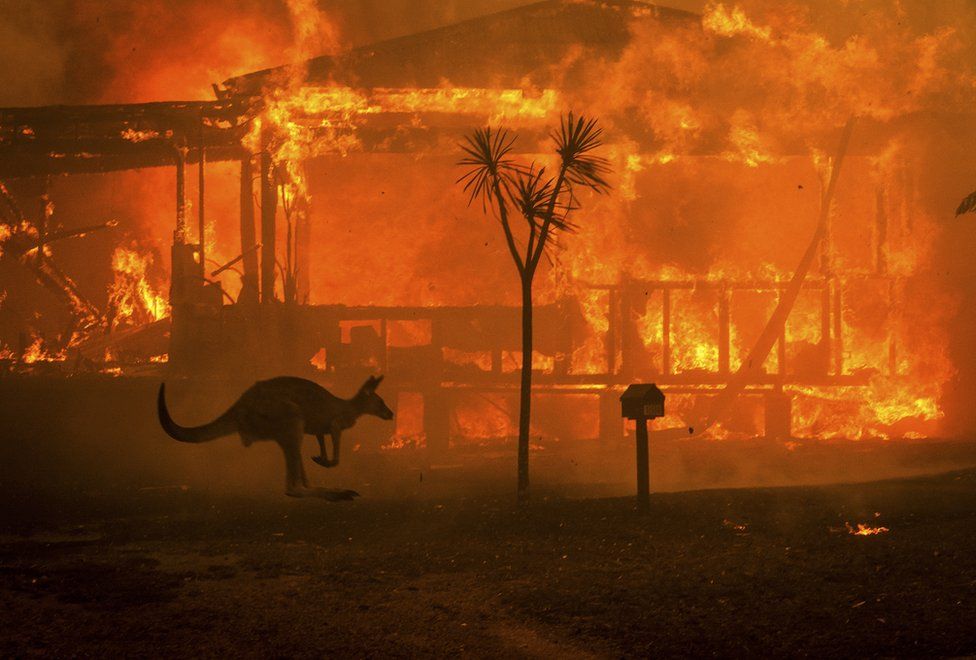Market Tides: The Global Slowdown and Its Influence on Trade and Workforce
Beneath the surface of bustling global trade and commerce, there’s a subtle yet unmistakable signal: the approach of a global economic slowdown, a phenomenon reshaping more than just market trends. This deceleration, as projected by the UN’s World Economic Situation and Prospects report for 2024, indicates a growth rate dwindling to just 2.4%. Yet, this figure is more than a cold statistic; it vividly portrays the deep-seated imbalances in a system that often tips the scales in favor of capital over labor. The numbers tell a story, not just of markets and economies, but of the lives and struggles of those who form the backbone of these systems.
In developing countries, the narrative takes a dramatic turn with the ghost of inflation. Far from being an abstract term, inflation erodes the value of hard-earned wages. Expected to exceed 10% in some nations, it is a stark reminder of the disproportionate impact of global economic forces on the working masses, undermining their financial security and eroding their livelihoods. The plot thickens in international politics, where giants like the US and China engage in a high-stakes economic chess game. These tensions, analyzed by the Council on Foreign Relations, represent more than diplomatic maneuvering; they echo the larger struggle for dominance within a capitalist framework, where trade policies often eclipse the interests of the broader populace – the diligent working class, whose labor is the bedrock of these economies.
The Boston Consulting Group’s trade model paints a picture of adaptation and resilience in the face of shifting global trade dynamics. This transformation is not merely about economic patterns; it mirrors the ongoing struggle between capital and labor. As industries adapt to new trade routes, the plight of workers, often left vulnerable to global trade uncertainties, comes into sharp focus.
The narrative diverges as we examine different regions. In North America, strengthened economic bonds contrast with the evolving relationships between China and the West. This dichotomy highlights geographical divides and exposes imbalances in wealth and power inherent in the global capitalist system. It’s a tale of those who control production means and those whose labor powers them.
This unfolding economic drama underscores that the slowdown is more than a fleeting market trend. It reflects the enduring struggle of the working class within a system that often marginalizes their needs. It illuminates the interconnectedness of our global economy and the collective challenges faced by workers across the globe.
Navigating these turbulent waters demands recognizing the human story behind these trends – the quest of individuals for a fair and equitable world. The path forward challenges us to reshape global trade and economic policies to serve the many better, steering towards a future where the economy fosters collective prosperity and social justice.
Article Written by D’Andre Gordon
Sources:
Flagship economic report highlights why global cooperation is key | UN News United Nations, https://news.un.org/en/story/2024/01/1145282 (last visited Jan. 8, 2024).
Jobs, National Security, and the Future of Trade BCG Global, https://www.bcg.com/publications/2024/jobs-national-security-and-future-of-trade (last visited Jan. 8, 2024).
Visualizing 2024: Trends to Watch Council on Foreign Relations, https://www.cfr.org/article/visualizing-2024-trends-watch (last visited Jan. 8, 2024).
What to Expect from the Economy in 2024 U.S. Chamber of Commerce, https://www.uschamber.com/economy/what-to-expect-from-the-economy-in-2024 (last visited Jan. 8, 2024).

